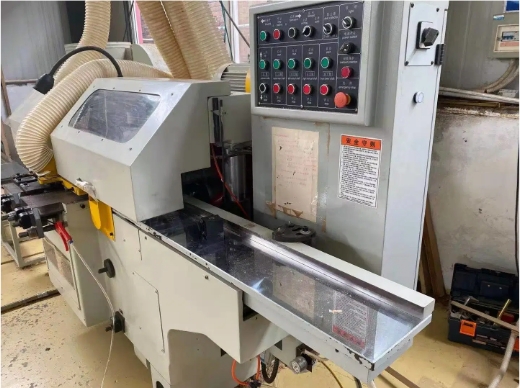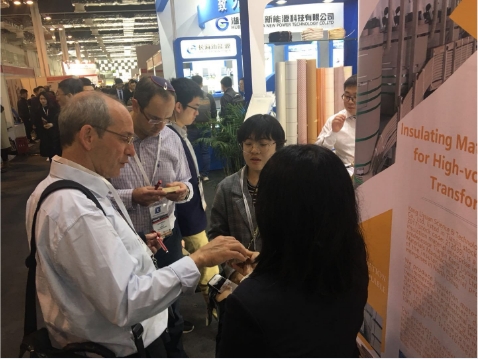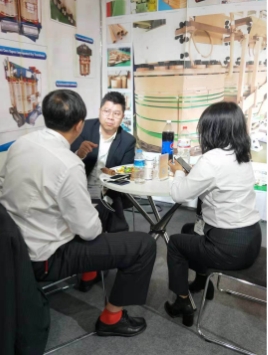
Insulation Material Production Paperboard Batten Shaping Machine
Product DescriptionDescription:Mainly used in the manufacture of transformer strips. Each time, It can produce 10 to 20 strips with smooth surface, which is five times efficiency of ordinary strips processing machine, material utilization increased by…






